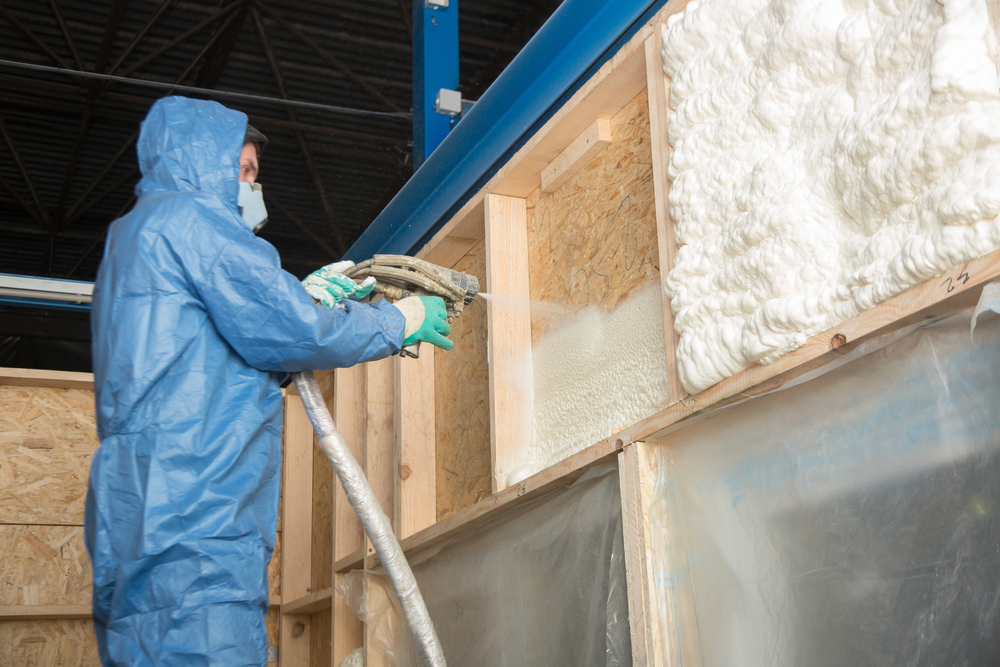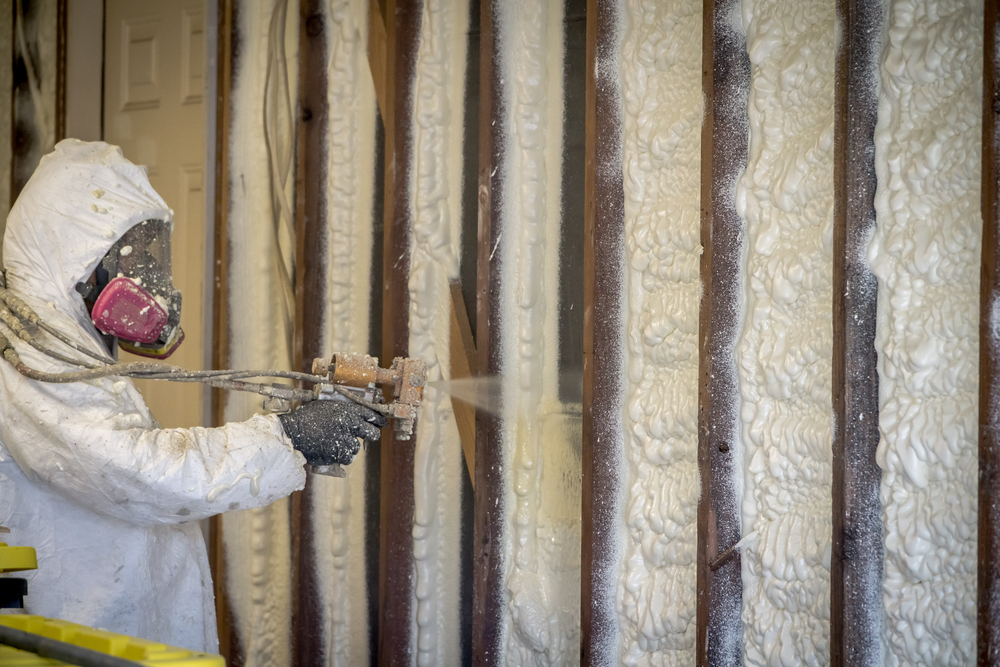Spray foam insulation is a great way to insulate a house. It can be used as a standalone solution or it can be used as an addition to traditional insulation. Spray foam insulation can also be used to retrofit an existing house.
This blog is going to look at what the R-value of 2 inches of spray foam is and how this may or may not help you when you are trying to improve the insulation of your home.
What Insulation Is and How It Works
You must be familiar with the way heat moves. The majority of insulation has the effect of slowing conductive heat movement. Heat is transferred from one temperature to another until the temperature events are completed. During the winter months, heat is transferred from your living space to unheated garages, basements, attics, and finally the outside. Did you know that heat flow can also go through the ground, walls, and ceilings by way of radiant heat transfer?
What happens during the summer months? This is exactly what occurs. The movement of heat is in the other direction. That is, from the outside to the inside of your home.
What Role Do R-Values Play in All of This?
A certain insulation type’s R-value is a number that is used to determine how well it can prevent heat flow when compared to other insulation types. Resistance Value (abbreviated as R-value) is a unit of measurement for resistance. R-values are determined by the following factors:
Thickness – the greater the thickness of the material used to insulate, the greater the resistance to heat transfer.
Increased Density: The higher the frequency of the foam, the higher the R-value. Increased R-value
Type of insulation – in order to select the most appropriate type of insulation, you must first determine where the insulation will be installed. Learn about the different types of insulation for a metal building.
R-Value Of Two-Inch Spray Foam

Spray foam with open cells retains and absorbs. Its R-value per inch is lower than that of closed-cell spray foam. Open-cell spray foam is permeable to vapor. The R-value per inch ranges from R-3.5 to R-3.6. Filling a 24 cavity produces around an R-13.
The location of the insulation also affects how well it resists heat flow. For instance, if the insulation is compacted within a space, the complete R-value is lost.
R-values are also affected by temperature, age, and relative humidity. The greater the R-value, the more insulating the material. It is extremely important to notice that a higher R-value equates to greater effectiveness. The R-value and insulation required are entirely dependent on the type of heating and cooling system, the temperature, and the area of your home that needs to be insulated.

